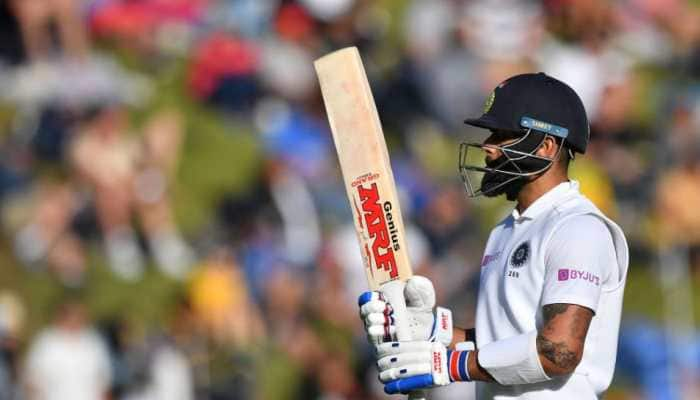New Delhi-Varanasi high-speed rail project: LiDAR technique to be used for ground survey
This Delhi-Varanasi HSR corridor is among the eight high-speed networks that the Railways is planning across the country, one of which -- the Mumbai-Ahmedabad high-speed rail (HSR) -- is under construction.
- Indian Railways has started working on New Delhi-Varanasi high-speed rail project
- LiDAR technique will be used for conducting the ground survey
- NHSRCL has been asked to prepare the Detailed Project Report (DPR) for the Delhi-Varanasi High-Speed Rail (HSR) corridor.
Trending Photos
)
NEW DELHI: Indian Railways has started working on the New Delhi-Varanasi High-speed rail project which will improve rail connectivity between the national capital and Prime Minister Narendra Modi’s Lok Sabha constituency.
According to reports, the Indian Railways will use the LiDAR technique to conduct the ground survey for the ambitious project. The Indian Railways has directed National High-Speed Rail Corporation Limited (NHSRCL) to prepare the Detailed Project Report (DPR) for the Delhi-Varanasi High-Speed Rail (HSR) corridor.
NHSRCL adopts aerial LiDAR Survey technique to conduct the ground survey for Delhi-Varanasi High Speed Rail Corridor
https://t.co/0yDeOVbGQI pic.twitter.com/r1zpQPbzAF — Ministry of Railways (@RailMinIndia) December 7, 2020
This corridor is among the eight high-speed networks that the Railways is planning across the country, one of which -- the Mumbai-Ahmedabad high-speed rail (HSR) -- is under construction.
The estimated length of the Delhi-Varanasi HSR corridor is about 865 km, and it will pass through some major cities like Noida, Agra, Kanpur, Lucknow before reaching in Varanasi.
The proposed Delhi-Varanasi HSR alignment covers mixed terrains including densely populated urban and rural areas, highways, roads, ghats, rivers, green fields etc, which makes this activity more challenging.
LiDAR - the light detection and ranging survey (LiDAR) technique using laser enabled equipment mounted on a helicopter will be adopted for the project.
The aerial LiDAR survey technique was adopted for the Mumbai-Ahmedabad high-speed rail corridor due to its high accuracy, which was the very first time when this method was used for any railway project in the country.
The data provided through the LiDAR technology can be useful for several projects including surface transport, roads, irrigation, landslides, canals, city planning, etc
LiDAR technique will be used for conducting the ground survey for the preparation of Detailed Project Report for the proposed Delhi-Varanasi HSR corridor, the NHSRCL has said.
The alignment or ground survey is a critical activity for any linear infrastructure project as the survey provides details of areas around the alignment.
The ground survey using aerial LiDAR for the Mumbai-Ahmedabad high-speed rail corridor alignment was done only in 12 weeks against the 10-12 months if it had been done through the traditional survey methods.
Delhi-Varanasi High-Speed rail corridor - top features:
The alignment of the proposed Delhi-Varanasi high-speed rail corridor covers mixed terrains, including densely populated urban and rural areas, roads, highways, rivers, ghats, as well as green fields.
The corridor's tentative length is around 800 kilometres and the alignment, and stations of this corridor will be decided in consultation with the government.
An NHSRCL official said that the Delhi-Varanasi high-speed rail corridor will connect the national capital territory of Delhi with major cities such as Mathura, Agra Lucknow, Prayagraj, Etawah, Varanasi, Raebareli, Bhadohi, and Ayodhya.
The Delhi-Varanasi main high-speed corridor will be linked to the city of Ayodhya in Uttar Pradesh and the route will connect the upcoming Jewar International Airport.
Stay informed on all the latest news, real-time breaking news updates, and follow all the important headlines in india news and world News on Zee News.
Live Tv







)
)
)
)
)
)
)
)
)
)
